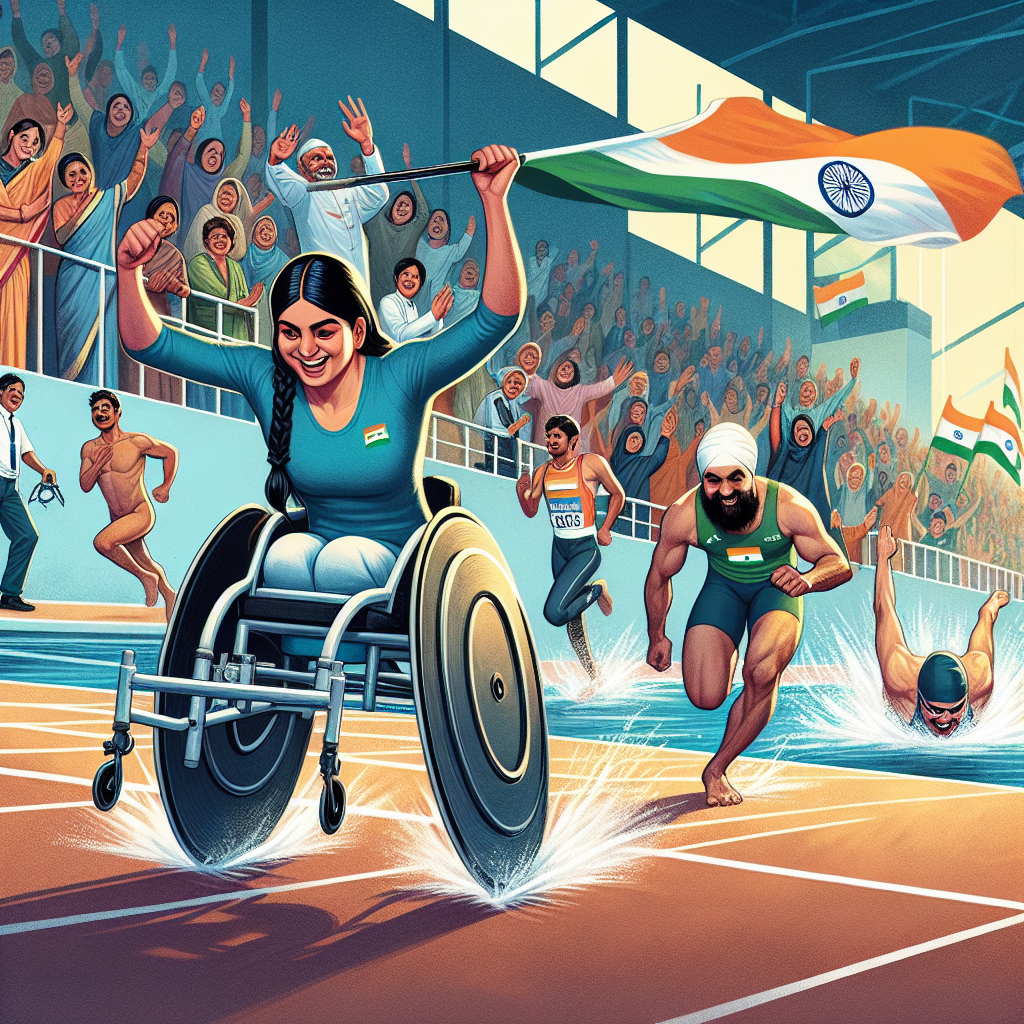Breaking Barriers: The Impact of Minority Athletes on Cultural Perception
The story highlights Logan Edra, aka B-Girl Logistx, and other minority athletes who balance representing their heritage and breaking stereotypes while competing on the global stage. The 'parasocial contact hypothesis' shows how positive exposure to athletes like Mohamed Salah reduces prejudice, despite the challenges they face in navigating their public personas.

- Country:
- France
Before she dazzled the world with her gravity-defying moves, Logan Edra (B-Girl Logistx) held herself with a fierce focus. Team USA's youngest breaker at the Paris Olympics, Edra seemed more intense than her peers. For the 21-year-old daughter of Filipino immigrants, it was more than a contest—it was a cultural showcase.
Edra described the emotional burden of representing Filipino and immigrant families on the Olympic stage as "the most overwhelming part" of her journey, calling it "a different layer of love." Despite not advancing past the quarterfinals, her Olympic journey and No. 10 world ranking showcase her prowess.
The concept of the 'parasocial contact hypothesis' suggests that prejudice can diminish through positive exposure to minority athletes. For instance, Egyptian striker Mohamed Salah's presence in British soccer led to a reduction in anti-Muslim sentiment. Athletes like Edra and Salah highlight the pressures minority athletes face in balancing authenticity and public respect.
(With inputs from agencies.)
ALSO READ
Mansukh Mandaviya Lauds Nagaland's Cultural Heritage at Hornbill Festival
Uttarakhand CM Dhami Champions Cultural Heritage at Ukhimath Temple Visit
Telangana Thalli: Celebrating Cultural Heritage and Motherhood
Telangana Thalli Unveiled: Cultural Heritage Reinvented
NEHHDC and Pearl Academy Partner to Preserve Northeast India's Cultural Heritage










